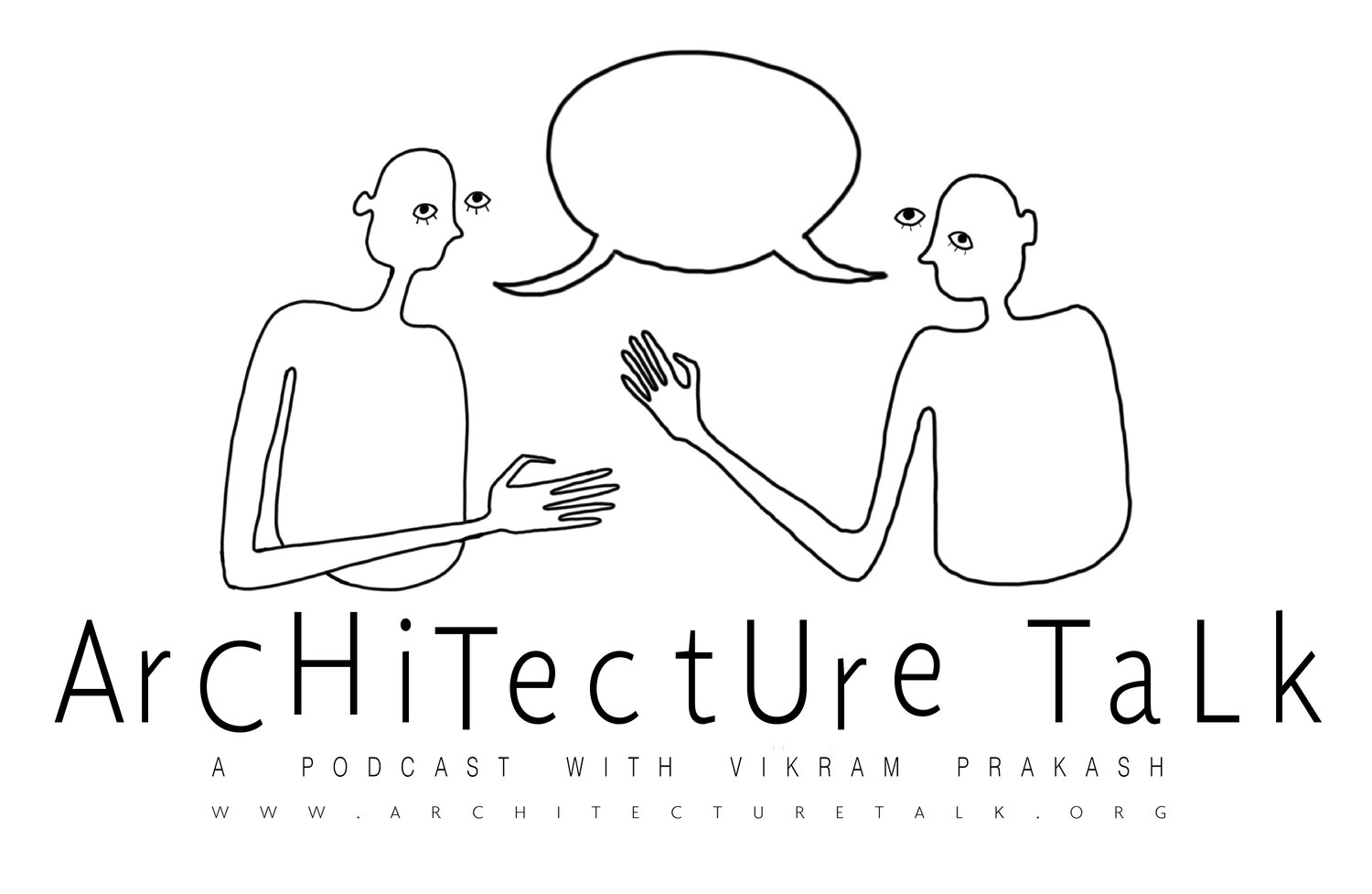28 : Cinema, New Media and Architecture with Yomi Braester
““A work of fiction creates its own spacetime.””
In this conversation with Yomi Braester, Professor of Comparative Literature and Cinema Studies at the University of Washington, we discuss the many ways in which cinema and new media practices intersect with architecture as aesthetic and political practices. Discussion topics include: the chronotope, Tarkovsky’s Solaris, Peter Greenaway’s The Belly of an Architect, and Wong Kar Wai’s In the Mood for Love.
Image: Painting the City Red: Chinese Cinema and the Urban Contract, Duke University Press, 2010
Timestamp Outline
2:04 Hong Kong cinema, Chinese cinema, new media and the city
4:14 “How we conceive of our world through images”
7:49 “Architects and cinematographers and filmmakers have in mind that they are in some level...of interfacing with that supposedly-other discipline.”
8:17 Le Corbusier’s cinematic promenade; Bernard Tschumi’s Screenplays
8:47 Are both these disciplines anthropocentric: focused around the ear and eye/I?
9:56 The chronotope in the city: “A work of fiction creates its own spacetime.”
11:07 Magical realism, Italo Calvino, etc
14:01 Agency, subjectivity, and a third space
15:06 Andrei Tarkovsky
15:57 “Architectural and Cinematic Spaces” course co-taught with Vikram; Peter Greenaway’s The Belly of an Architect
17:48 Peter Zumthor; Met’s Heavenly Bodies exhibit; Alexander McQueen and the spiritual in a modernist context
20:12 Last scene in Solaris: childhood, memory, and love become a building
23:30 “What happens in a novel has always have happened and will happen”: always use the narrative present when discussing a novel or film
25:34 Architecture as a ‘figment of the imagination’ in Tarkovsky films: burning building in The Mirror, building in Solaris, compound in Stalker, etc
28:08 The physical cinema: scene, seat, here unfurls the imagination
29:47 Modernism, the human body in a film theater and “reducing oneself to an eye”
31:58 Moholy-Nagy, topographic mapping, and screen-like forms in architecture
35:05 Presence of the cell phone in the film theater: doubling of screens
37:40 Interest in Asian and Chinese cinema: Wong Kar-Wai, Uniqlo Beijing video of people having sex, viral media and Painting the City Red: Chinese Cinema and the Urban Contract by Yomi Braester
39:17 Essay: “The City as Found Footage” - “Found footage as the eviscerating of agency.”
40:36 Found footage in modernist cinema: like objet trouvé in art
42:43 “How do we look at the spaces that are recorded in these [surveillance] videos?”
45:55 Viral agency as a kind of social agency?
46:46 Tahrir Square in Egypt
47:22 Hong Kong usage of public space…
48:03 “What is the role of the artist, the visual artist, the architect?”
50:04 New media and randomizing effects of algorithms in art
50:45 An ethical agency in China?
58:02 Post-1997 Hong Kong and In the Mood for Love
10:01:02 Book: Witness Against History: Literature, Film, and Public Discourse in Twentieth-Century China by Yomi Braester
1:01:38 Milan Kundera and a post-communist Czechoslovakia political perspective: ‘we also laughed, we had sex, we had a life’
1:03:20 Won Kar Wai asks the questions, ‘What is memory? What is the role of space in constructing memory? How we link memory and our construction of history?’







